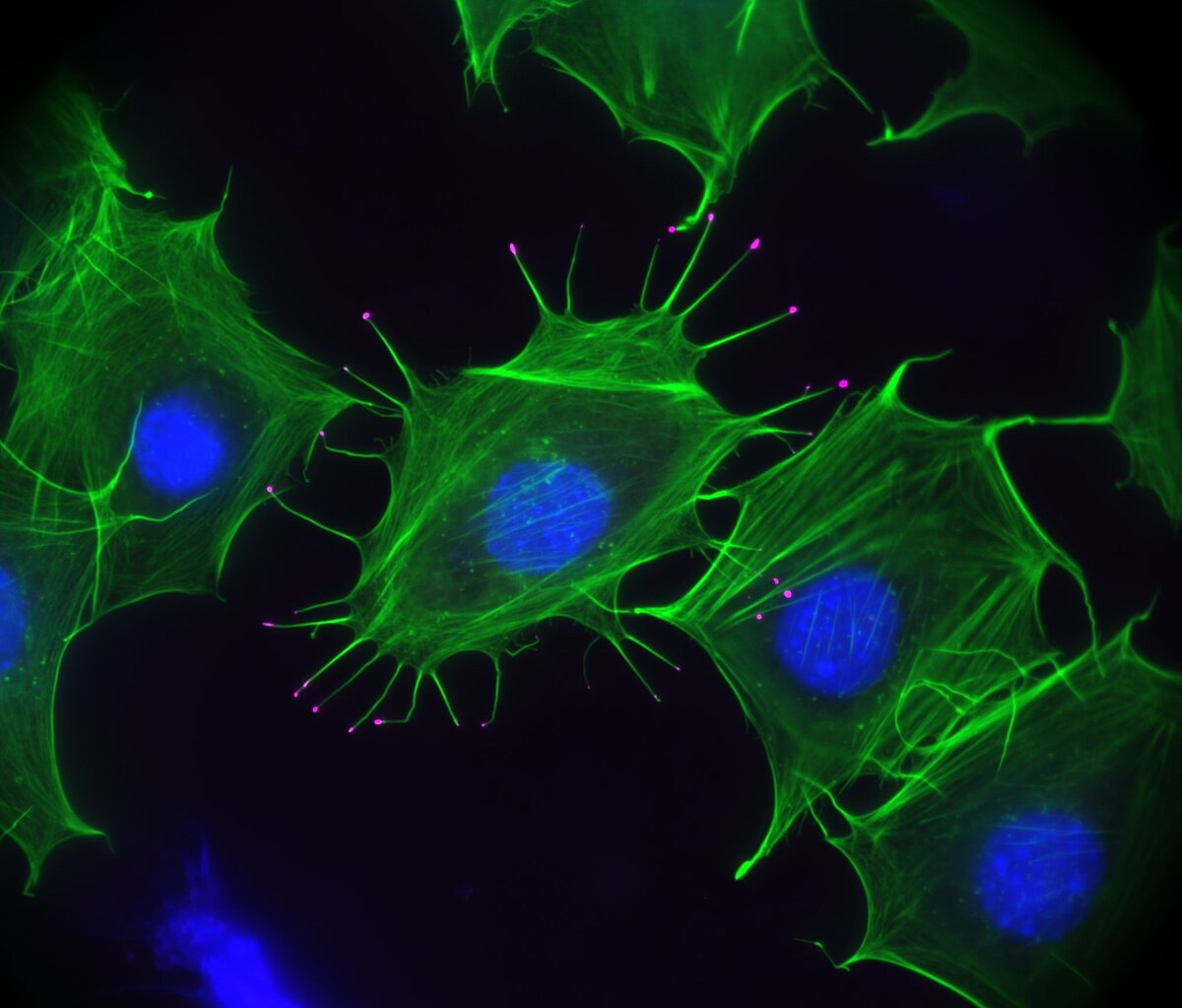


The Sites of the Helmholtz Centre for Infection Research are distributed all over Germany. In addition to the main campus in Braunschweig, there are facilities in five other cities: Hamburg, Hanover, Saarbrücken, Würzburg and Greifswald.
Please note: Once you watch the map, data will be transmitted to Openstreetmap. For more information, see Openstreetmap Privacy.
The Sites of the Helmholtz Centre for Infection Research are distributed all over Germany. In addition to the main campus in Braunschweig, there are facilities in five other cities: Hamburg, Hanover, Saarbrücken, Würzburg and Greifswald.